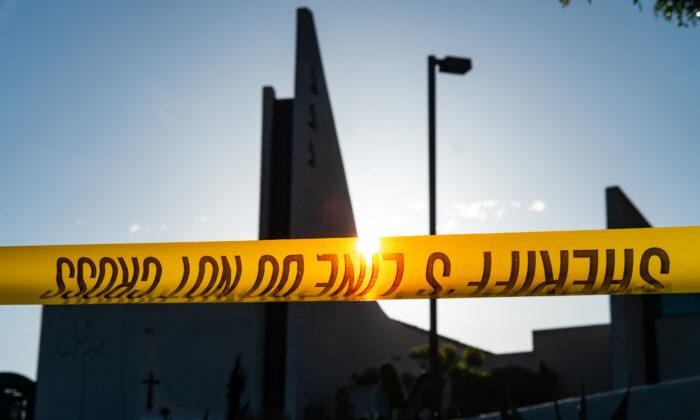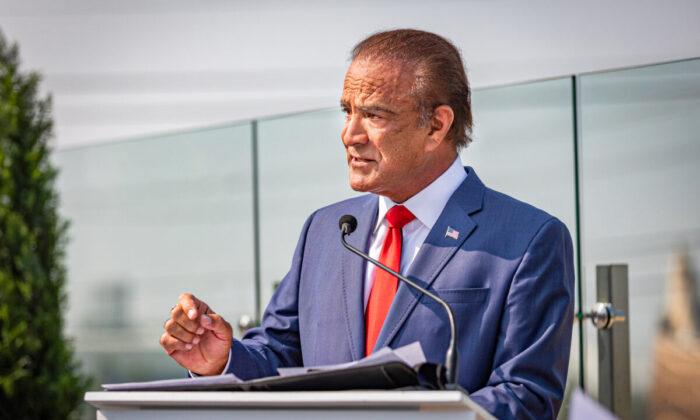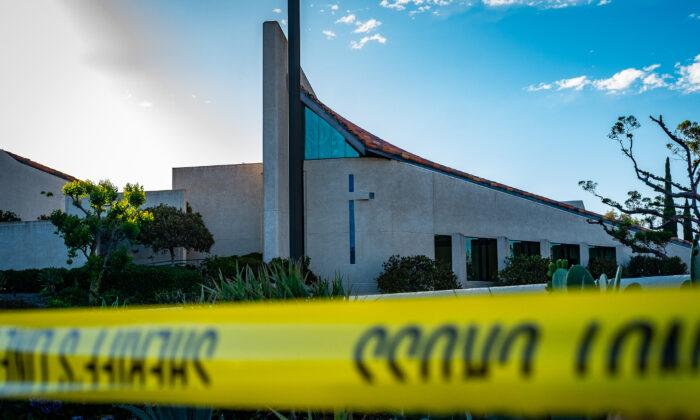California is looking for help keeping its lights on this summer as it seeks to procure additional energy resources in preparation for coming heatwaves.
“We are concerned about the level of imports available,” California Independent System Operator (Cal-ISO) Vice President Mark Rothleder said during a recent press briefing. “During these high-temperature conditions, we are experiencing high demand on the systems, and we are also at the same time as the evening goes along, we are losing some production from the solar production and there are other resources that we are watching and concerned about.
“In the longer term, we need to continue to work on a more durable approach and consider a longer-term approach that recognizes and allows for fair and open access to allocate the transmission grid.”
California’s ongoing drought has left the state with a dwindling supply of hydropower, which requires water to produce. Limited supply has resulted in a daily 1,000-megawatt reduction in capacity.
Thermal resources—including solar and geothermal energy—are projected to decline by about 300 megawatts this summer.
Power consultant Jim Phelps told The Epoch Times that the state’s energy shortage could be credited to community choice aggregation (CCA) clean energy systems.
California is moving toward CCA to power clean energy in the state, but CCAs primarily count on wind and solar, which can be unreliable, he said.
“It doesn’t show up when we need it,” Phelps said. “What is happening is these CCAs, because they’re delivering a lot of intermittent power, [are] not able to satisfy or service California’s electric needs when we need it.
“What California needs is stable, reliable electric power. Nobody cares about how clean the energy is when we don’t have any. CCAs aren’t able to service California the way that San Diego Gas and Electric, Southern California Edison, and PG&E could as an integrated utility.”
California Public Utilities Commission (CPUC) President Marybel Batjer and California Energy Commission (CEC) Chairman David Hochschild sent a letter on June 29 to Cal-ISO requesting more energy resources.
The letter was addressed to Cal-ISO Chief Executive Elliot Mainzer, requesting additional resources for the months of July, August, and potentially September.
Days later, on July 1, ISO released a joint statement with CPUC and the CEC regarding planned action to secure energy resources to power the state through the summer.
“Summer has barely begun, and we have already had repeated extreme heat events creating dangerous conditions and shattering records across the country,” the statement said. “As these early heat events telegraph, the grid will be more strained than anticipated this summer due to record-breaking climate change impacts across the West and elsewhere.
“As part of this effort, the ISO has decided to exercise authority to procure additional capacity again this year. ... The ISO’s decision to seek additional capacity is another necessary step we can take to be adequately prepared.”
To combat the energy crisis, the state recently received additional energy from some of its cities, including the Los Angeles Department of Water and Power, Rothleder said.




